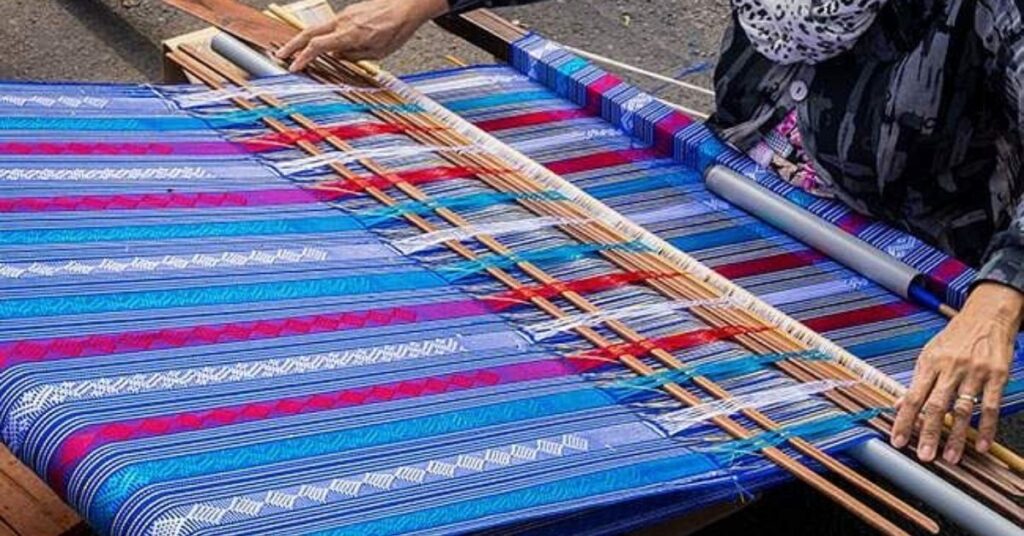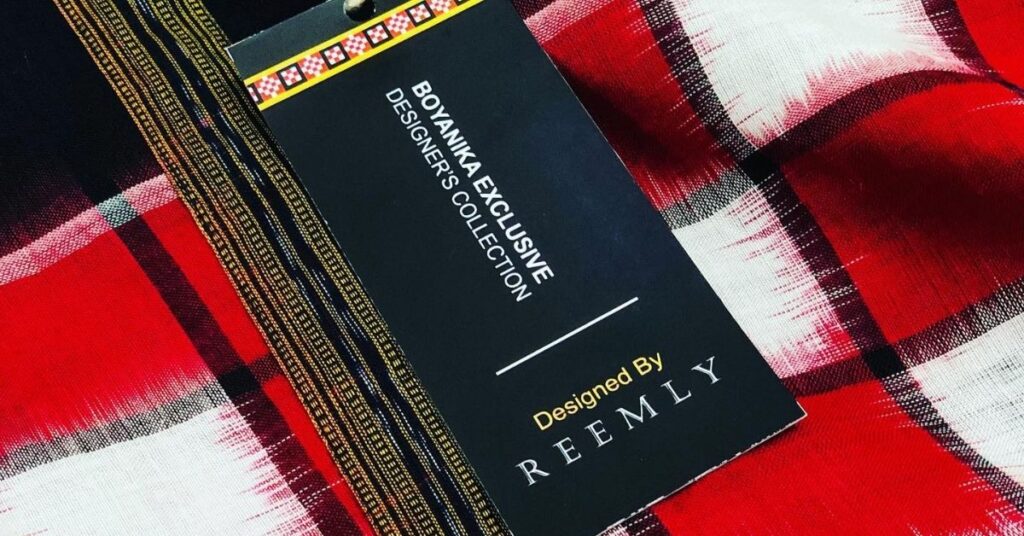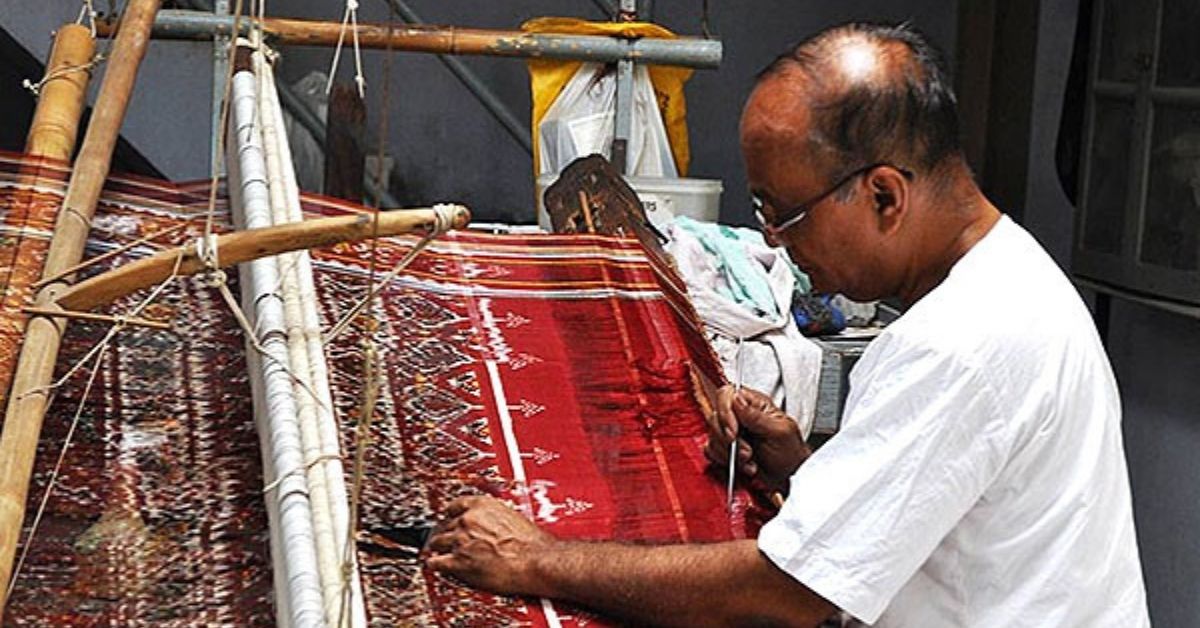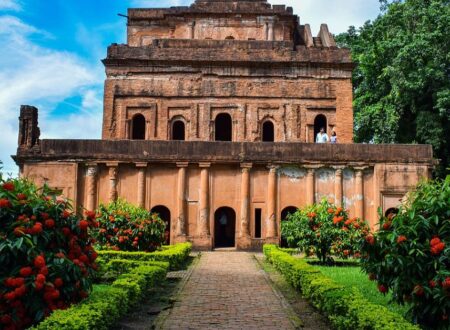India is a land of art and has given the world some of the most mesmerizing art forms, one of them being its handlooms. The level of artistry and intricacy achieved in Indian handloom fabrics is beyond supreme. Each generation inherits this art form as a legacy; which is how it has survived for centuries. Moreover, handwoven fabrics are not only of high quality; but are also smooth on the skin and can easily take any desirable shape. This is one of the prime reasons why handlooms attract the fashion indutry. In this article, however, we will see how fashion cherishes the handloom industry of India.

The Heritage Of Indian Handloom
The story of the handloom is woven into India’s history and culture. Remember Swadeshi Movement for the history textbooks? It was a major and momentous event in the history of the handloom of India. It was one of the initial actions of retaliation against colonial rule. A meeting was held in Bengal on 7th August 1905; among the freedom fighters who decided to boycott foreign clothes and preached the same. As a result, thousands of Indians got along and began to give up clothes made of foreign fabric and adopted Swadeshi fabric which was made in India. This movement went down in history to become the story of Indian resistance. Later, to cherish this movement, the Charkha was used on the national flag for years.
In 2015, the Government of India declared August 7th as the National Handloom Day to support the production of Indian handloom textiles and the handloom industry.

Its Contribution To The Country’s Economy
According to reports, the handloom industry of India employs nearly 4 million weavers and India weaves account for more than 95% of the world’s handwoven material. In addition, the Indian handloom industry is the second-largest employment provider, after agriculture, for the rural population of the country.
Not to mention, in the financial year 2019, the exports of Indian handloom products were valued at US$ 343.69 million. There was a slight dip a year later due to the pandemic restrictions. The export in the financial year 2020 stood at US$ 319.02 million.
The US is one of the major importers of Indian handloom products. Followed by the UK, Australia, Germany, and France. And the purchase cost alone is US$ 83.11 million, US$ 18.99 million, US$ 10.7 million, US$ 9.94 million, and US$ 9.73 million respectively.
Read about the Indian art forms that are actively used in the fashion industry: https://indiachalk.com/blog/9-indian-art-forms-that-are-used-in-fashion/
What The Fashion World Thinks
However. handloom requires practice, patience, mastery, and most importantly, time. And time in most developed countries is a luxury. Therefore, handloom products, in many parts of the world, are considered a luxury and a staple ensemble. India is blessed with hardworking and passionate communities of weavers which are spread across the lands; yet we are ought to give the art the appreciation it deserves. Luckily for us, certain contemporary fashion designers with an eye for art, have adopted this art in their designs to make statement pieces of attire. Here’s a brief list of designers who are keeping the legacy of handloom alive:

1. Ritu Kumar
Ritu Kumar is one of the fashion visionaries for all the right reasons. She has been ruling the industry for nearly 5 decades with her designs and fashion revolutions. She is also one among many pioneering forces that have revived Indian handloom. Her many ethnic collections are from traditional fabrics and are, undeniably, incredible!

2. Reemly Mohanty
Born in the city of temples and the state that gave the world Pattachitra, Bhubaneshwar; Reemly Mohanty is famous for her unique style. She designs ethnic-style outfits with a modern and contemporary twist. She not only uses handloom fabrics but also uses Pattachitra everywhere she can. This way, this brilliant designer is keeping two iconic forms of traditional art alive.

3. Wendell Rodricks
Wendell Rodricks, an iconic designer, was dedicated to bringing back the Kunbi Saree. An attire that was worn by the Kunbi tribe of Goa, which has almost gone extinct. Hence his designs were heavy on handwoven silks, khadi cotton, Tussar silk, and more such traditional fabrics. Although he is no more in this world, his team takes care of his legacy.

Indian Handloom: A Gift To Global Fashion
The term ‘Handmade in India’ is internationally famous. Not to mention the diverse materials and techniques that go into hand-weaving fabrics and outfits are unrivaled. The level of skill and detailing is simply incredible and one of the many reasons why Indian handloom brands do so well internationally. Not only the quality and feel of the fabric but also the designs are something that attracts global fashion enthusiasts towards handloom chic products. In addition to this, as the world tends to go greener and is all in for supporting sustainable lifestyles and handmade products, due to which the future of handloom in the fashion industry seems bright.
Moreover, the Indian handloom industry has made it to the global level where it is receiving the praise that it deserves and is thriving. This art form would have died long back if it wasn’t for the fashion visionaries who are still keeping the traditional essence of Indian attire alive.
Also follow India Chalk on Instagram for more amazing travel content. You can share your travel story with us. Reach out to us on email at contact[at]ndiachalk[dot]com. This blog is curated by India Chalk and written by Sushmita Guria.






